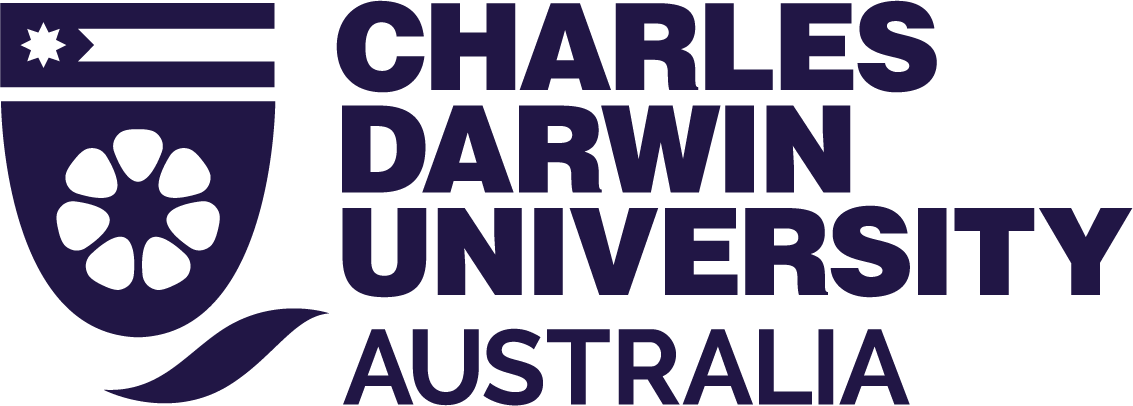A stepping-stone to University.


Leading pathway provider
Partnering with globally respected universities, UP Education supports international students from all over the world to successfully transition into English speaking universities in Australia and New Zealand.
As a top-two pathway provider in Australasia, UP Education partners with three leading universities in New Zealand: The University of Auckland, AUT and Victoria University of Wellington. In Australia, we partner with the University of Tasmania, Charles Darwin University and Swinburne University of Technology.
Our focus on educational excellence and industry leading pastoral care sees our world-class team and innovative learning environments equip students with the knowledge, skills and confidence to excel with university education.
Our University Partnerships
New Zealand


Certificate in Foundation Studies (Level 3)
The AUT Certificate in Foundation Studies prepares students for entry into AUT undergraduate degree programmes. AUT has a reputation for strong industry links and high graduate employment rate.


UP International College Foundation Studies Programme
Victoria University of Wellington is one of New Zealand’s oldest and most prestigious tertiary institutions with a proud tradition of academic excellence.


The University of Auckland Certificate in Foundation Studies (Level 3)
The UOA Certificate in Foundation Studies (Level 3) transitions international students into an undergraduate degree programme of choice at New Zealand’s top university.
Australia


Pathways and English Programmes
Swinburne University of Technology is a world-class dual-sector university creating social and economic impacts through science, technology and innovation.


International College
CDU has all the advantages of a dual-sector university including flexibility in study options, creativity, adaptability and freedom to embrace the history and traditions of First Australians and the multitude of nations represented by our international student population.


International Pathway College
The University of Tasmania is one of the most unique study destinations in the world, and one that is rising fast in international rankings.

